
Last weekend I finally caved and bought a new laptop to replace the one that swan-dived off my bed last November. My desktop simply can’t cope with the number and size of images that modern digital cameras produce, and this meant that I was finally able to start sorting through my many photos I took on my trip. And the weirdest thing happened. In amongst a million so-so images, I was struck by the beauty of one of my subjects, the Yellow-billed Kite.
I say weird because this isn’t a bird that I had ever given a large amount of thought to before. For a long time it was treated as a subspecies of the ubiquitous Black Kite, a species of scavenging bird of prey much hated by my grandfather (they used to steal food from troops during the war, if memory serves). It is now treated as its own species, confined to Africa and the tip of Arabia (Black Kites also migrate here from Europe and Asia). I saw these individuals in Imfolozi Game Reserve, where they were hanging around a kill. I was told by some researchers that in Botswana trackers watch for this species when looking for Painted Wolves (or African Wild Dogs) as they follow packs to snatch up prey and scraps.
They aren’t a hard species to see, but I’d never taken much time to do so, which is a shame as they as accomplished fliers as their relatives as their cousins the Black and Red Kite. And as you can see, they are pretty good looking too.
A valuable lesson in looking twice at the ubiquitous species.


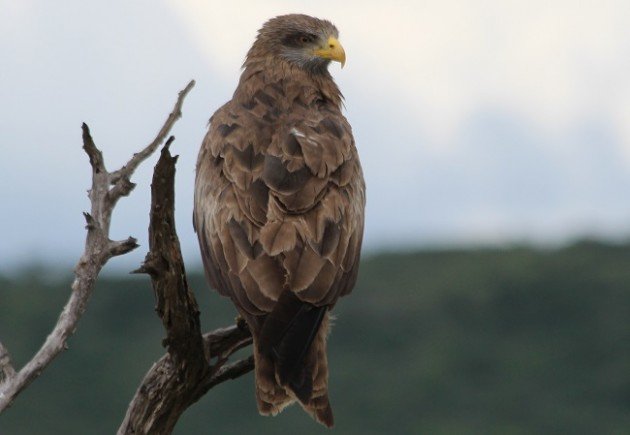
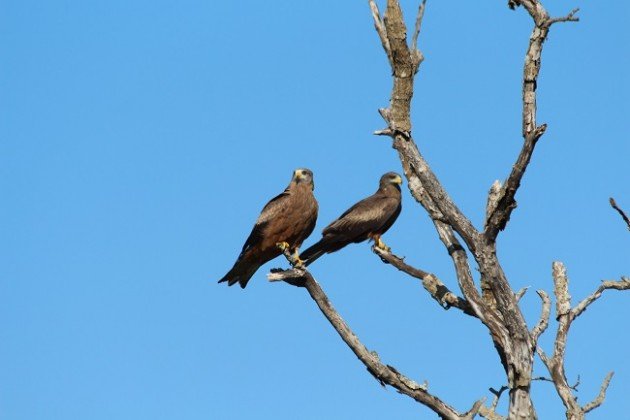
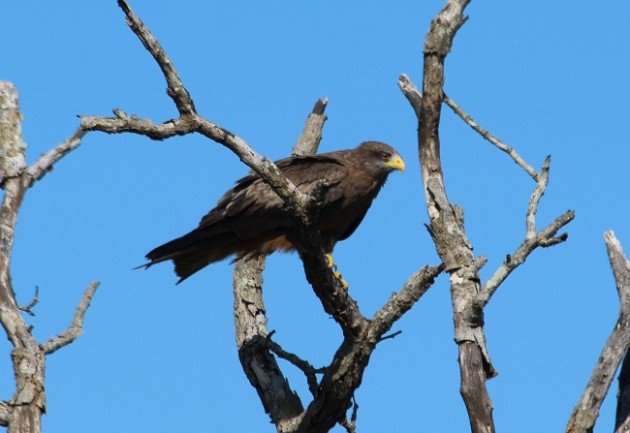
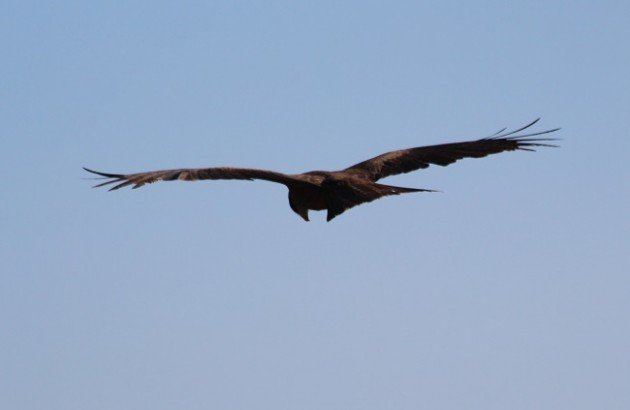
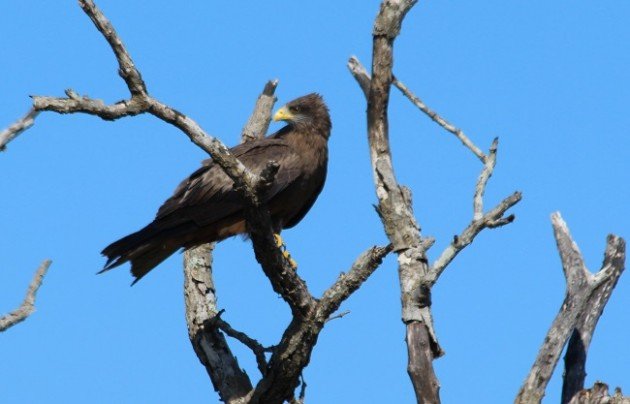











I love them – they look so much like a hybrid between White-tailed Eagles and Black Kites, a really unique impression.
Cheers!
They are really beautiful!